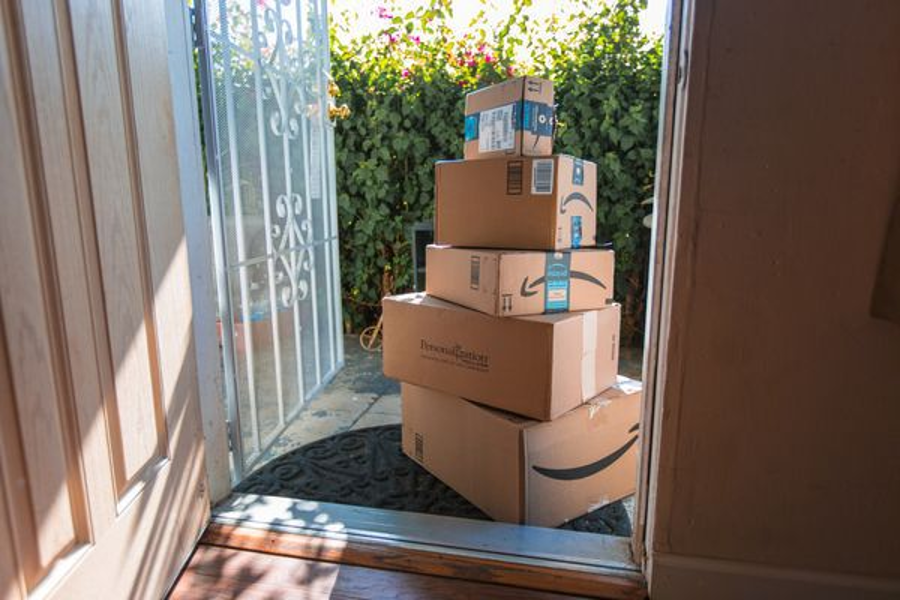The COVID-19 pandemic and the resulting quarantine has caused a dramatic increase in online commerce. Online sales have increased at a skyrocketing rate during the quarantine, as much as 74% in some sectors. Amazon has benefited the most, while other retailers with a large digital presence such as Target and Walmart have seen substantial sales increases. With the increase in sales comes the greater likelihood of consumers receiving some products that may be defective as the result of a design, manufacturing, or marketing defect.
Amazon is effectively a store with infinite virtual space which allows any product on its shelves,controls its appearance in the marketplace and operates its payment process. Sales zoomed to $160 billion last year from $100 million in 1999. Amazon’s third-party sales soared to 58% of merchandise sales from 3%.
However, Amazon has not been a stranger to controversy for products sold on its website. A Wall Street Journal investigation published in August 2019 found “4,152 items for sale on Amazon.com Inc.’s site that have been declared unsafe by federal agencies, are deceptively labeled or are banned by federal regulators — items that big-box retailers’ policies would bar from their shelves.”
Product liability law relates to the responsibility of manufacturers, suppliers, or sellers of products for harm and damages caused by the product. In the United States, claims associated with product liability are based on negligence, strict liability, breach of warranty, or various consumer protection claims. Most product liability laws are determined at the state level and vary from state to state.
Product liability lawsuits differ from most personal injury claims in that they do not focus on the defendant’s conduct toward the plaintiff, but rather involves proving that the manufacturer, retailer, distributor or supplier produced or mishandled a product either:
- in an inherently unsafe manner,
- unsafely due to mishandling or contamination after production, or
- unsafely due to a lack of proper instruction or warning to consumers about risks associated with the product.
All types of consumer products may give rise to product liability lawsuits if their design, manufacture, or a failure to warn causes injury. Any consumer product that people buy and use every day may sometimes cause injuries for which manufacturers, retailers, and parties in the supply chain may be held liable.

